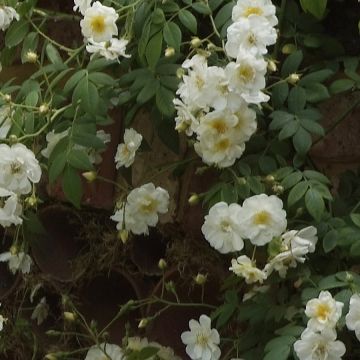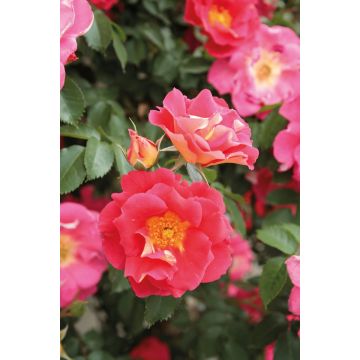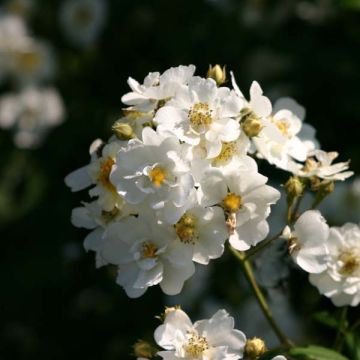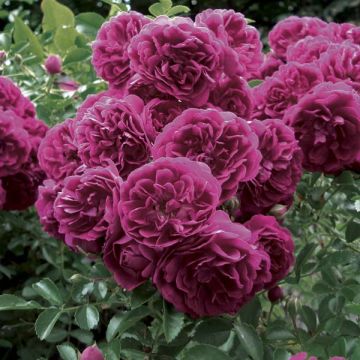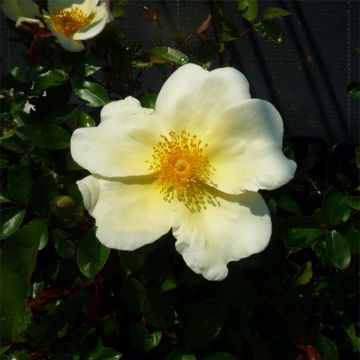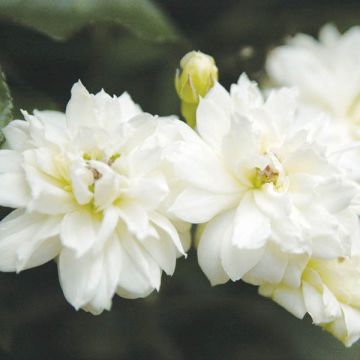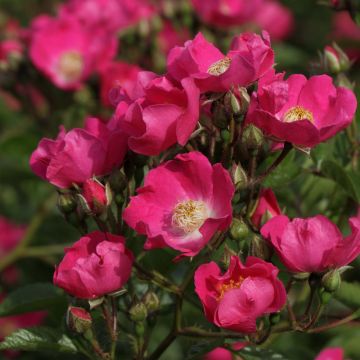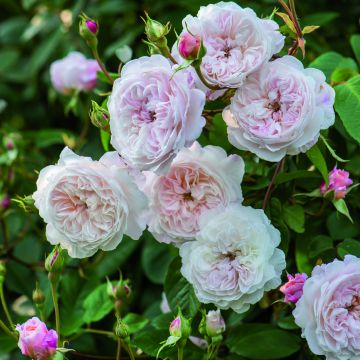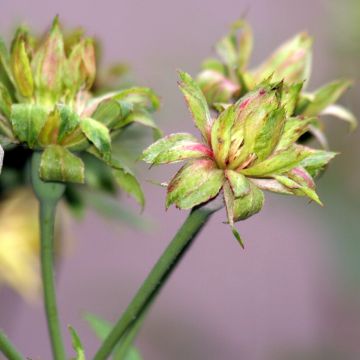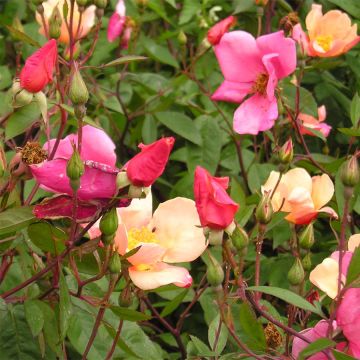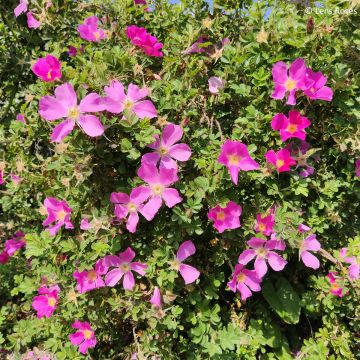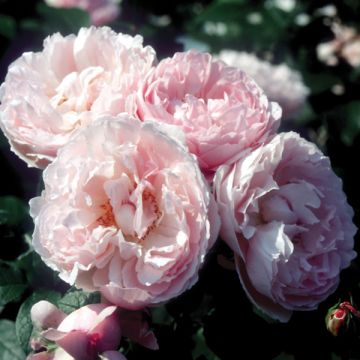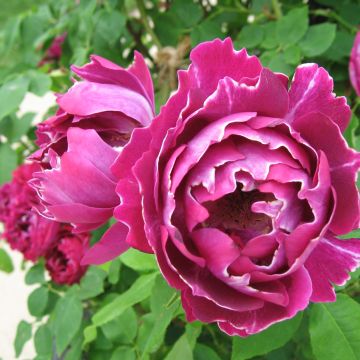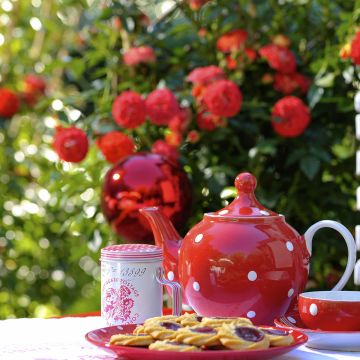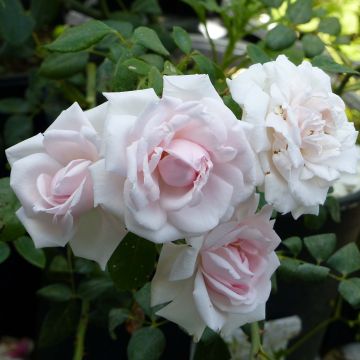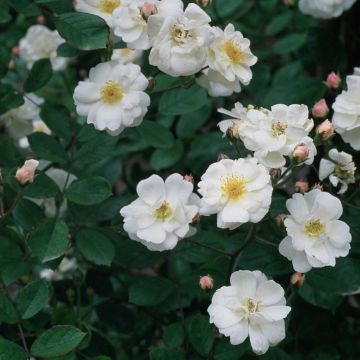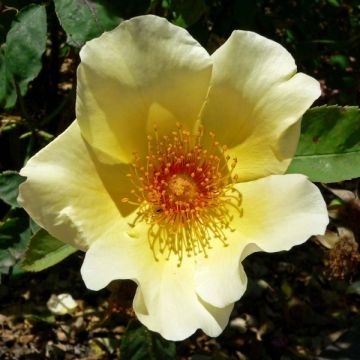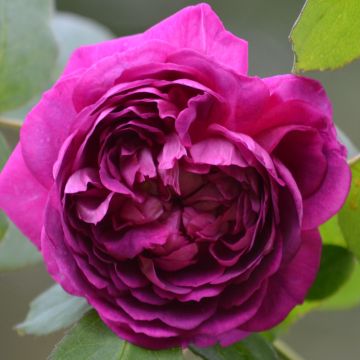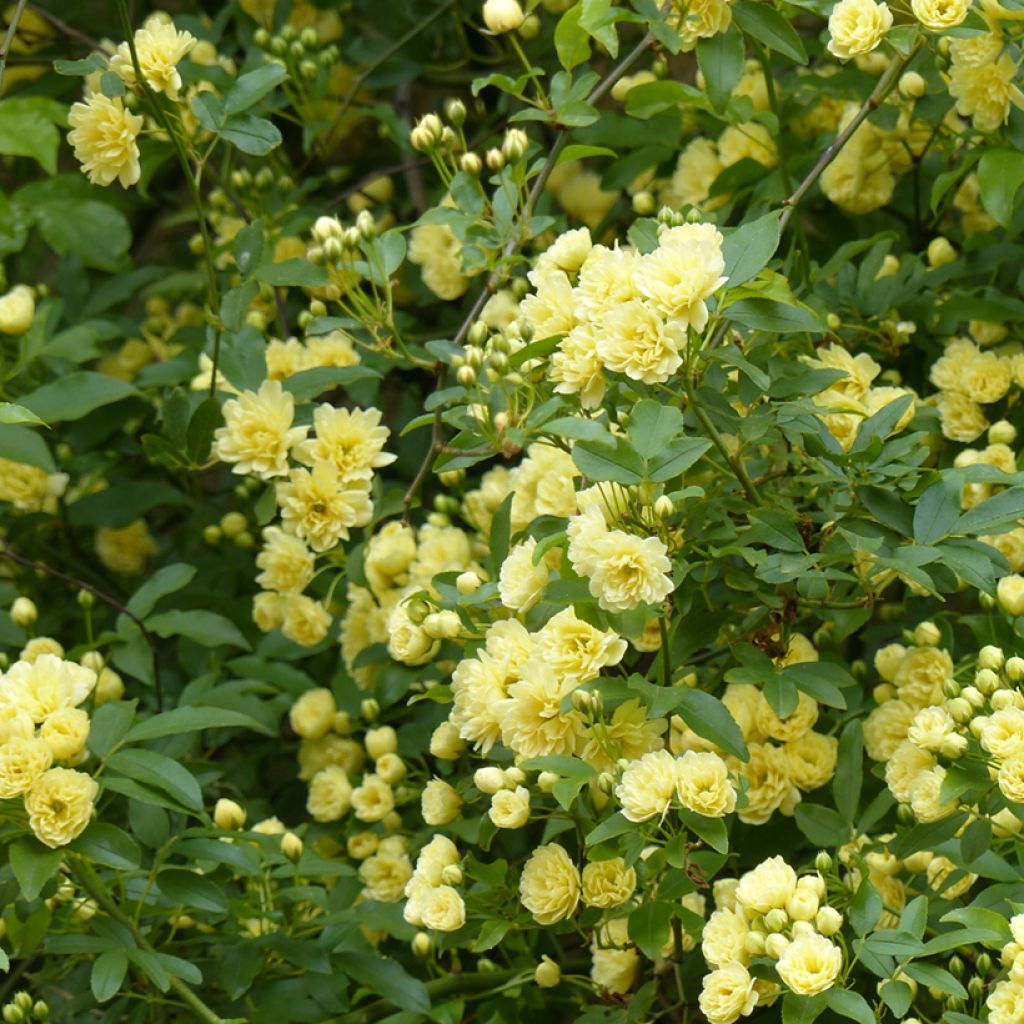

Rosa banksiae 'Lutea' - Rambling Rose
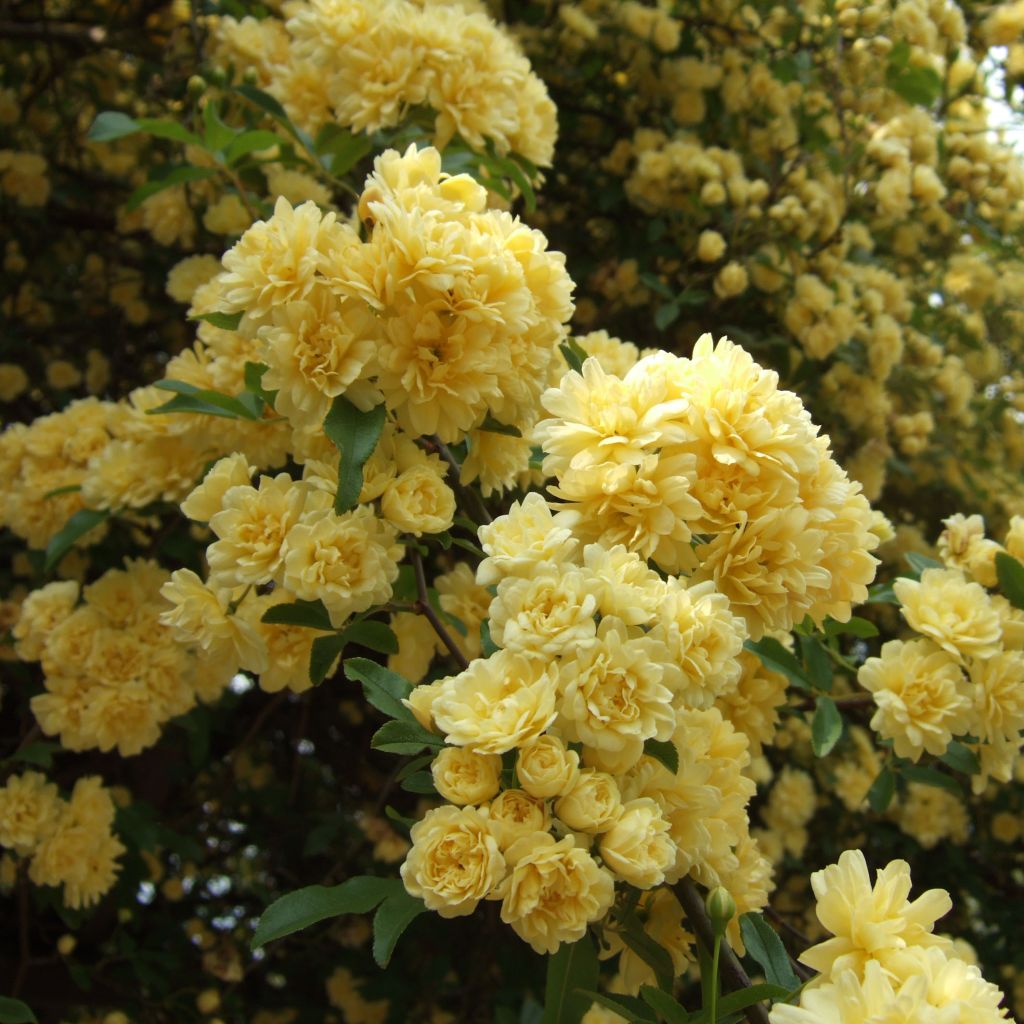

Rosa banksiae 'Lutea' - Rambling Rose
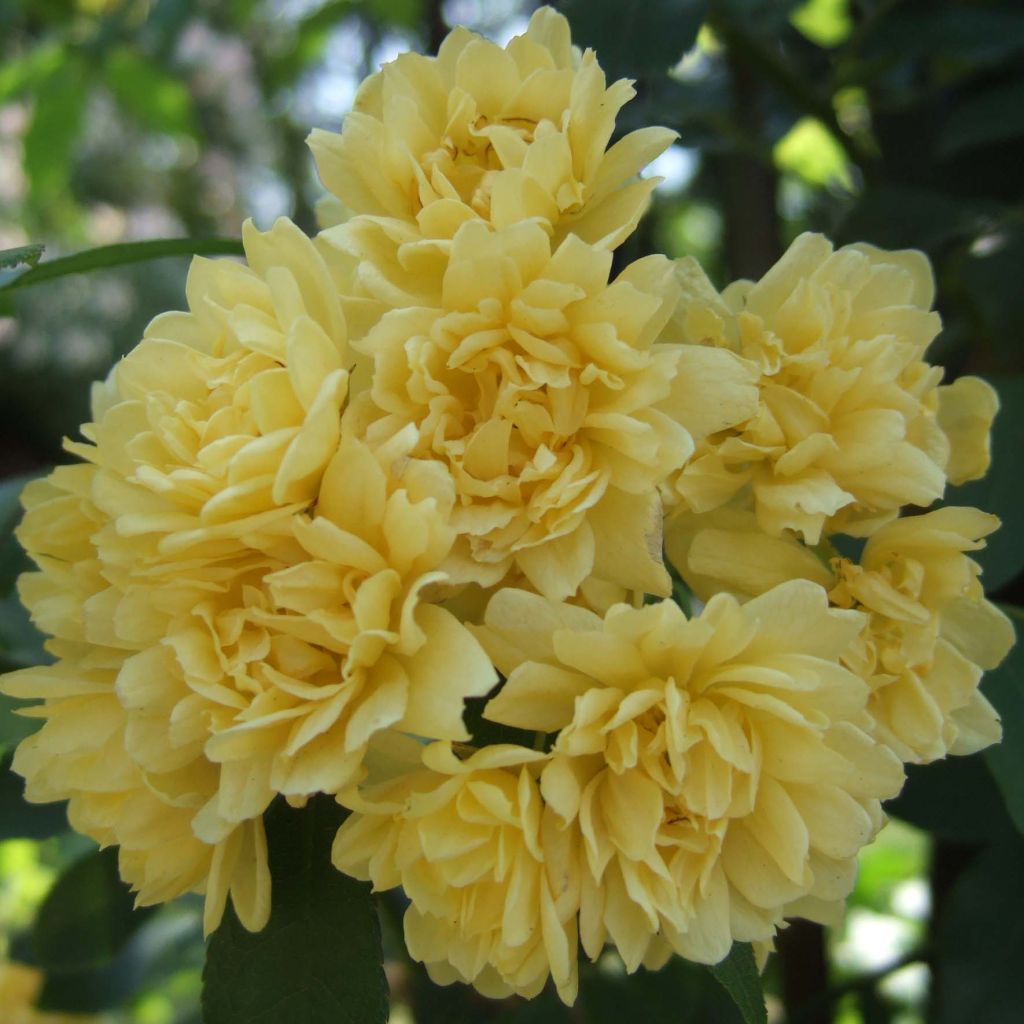

Rosa banksiae 'Lutea' - Rambling Rose
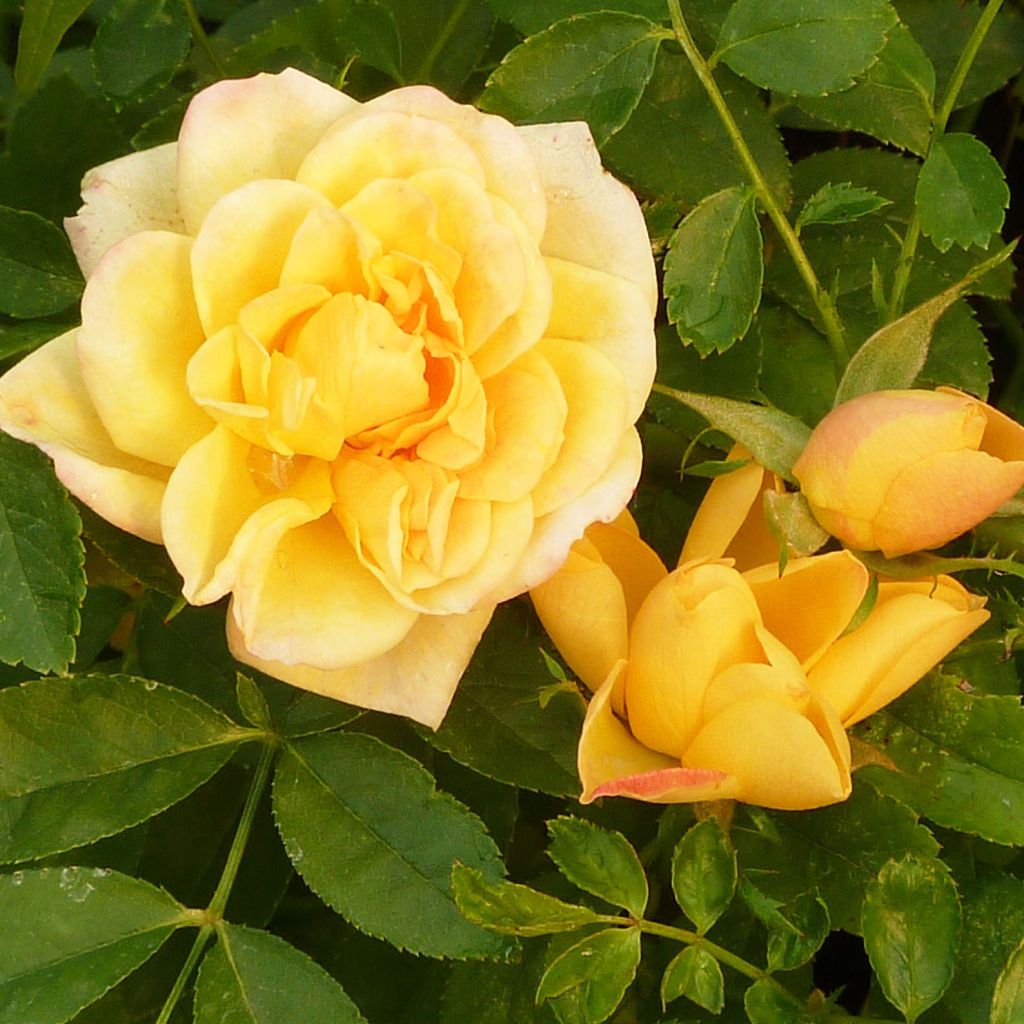

Rosa banksiae 'Lutea' - Rambling Rose
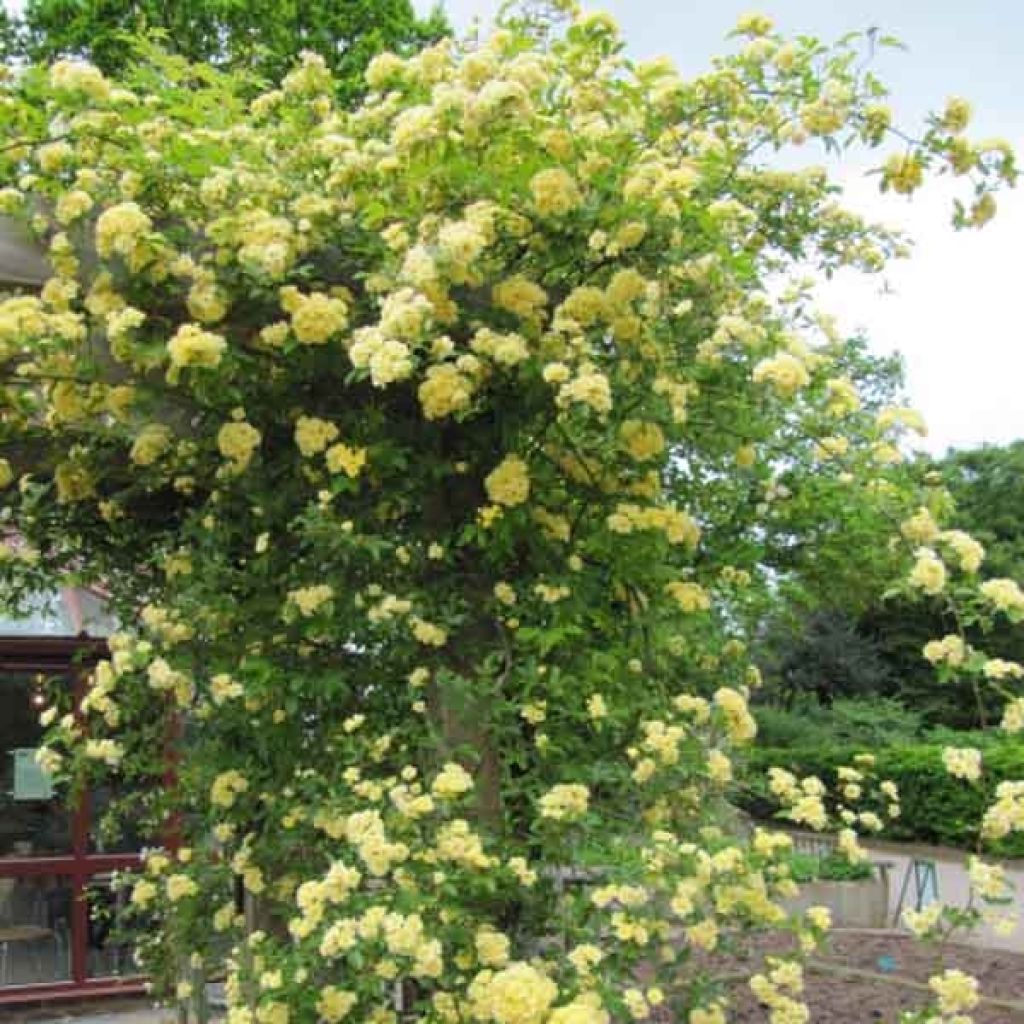

Rosa banksiae 'Lutea' - Rambling Rose
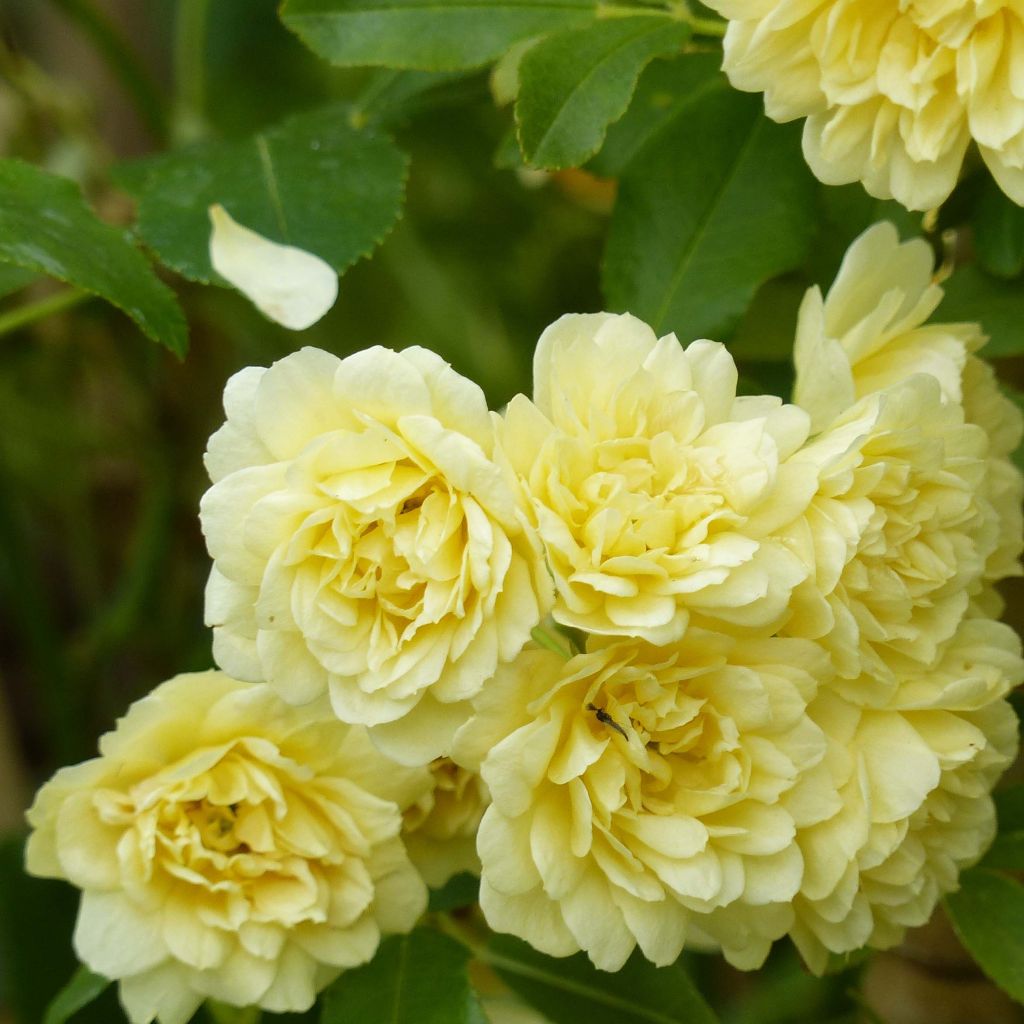

Rosa banksiae 'Lutea' - Rambling Rose
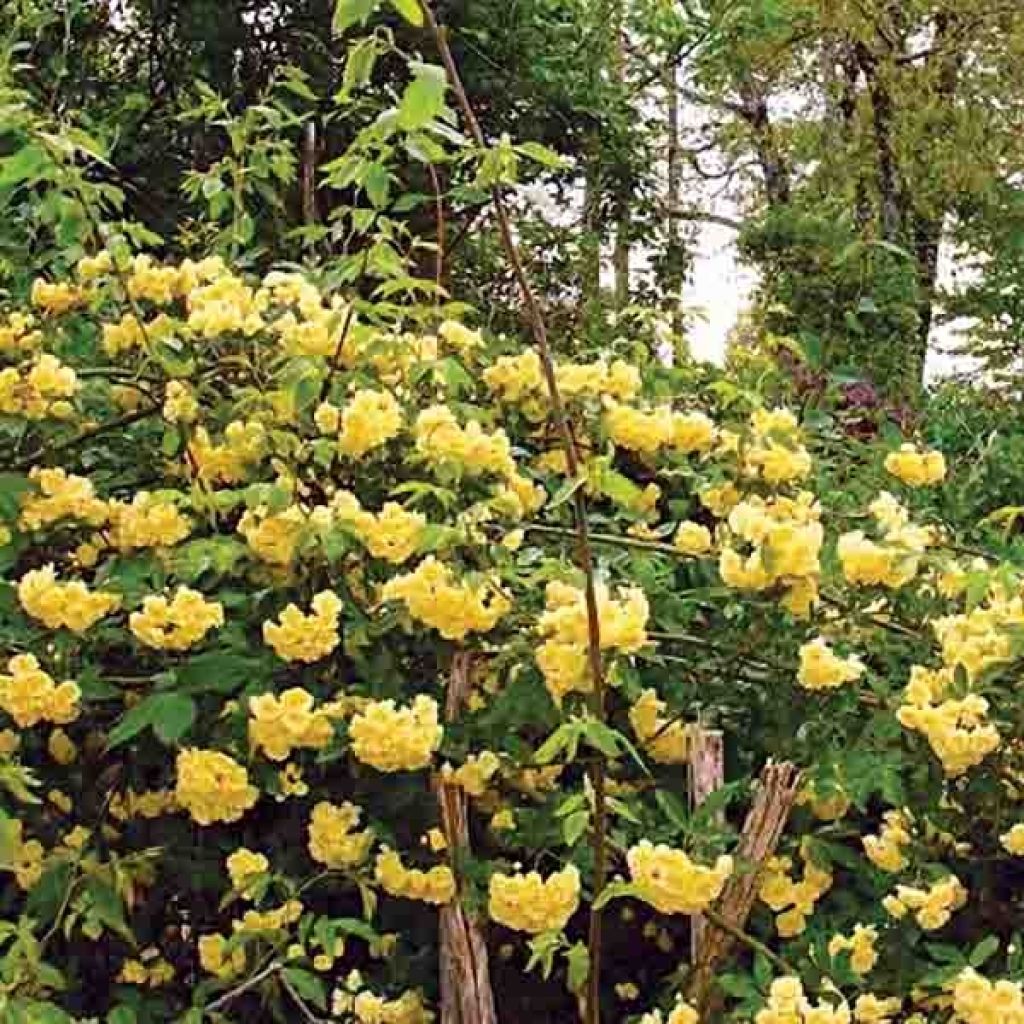

Rosa banksiae 'Lutea' - Rambling Rose
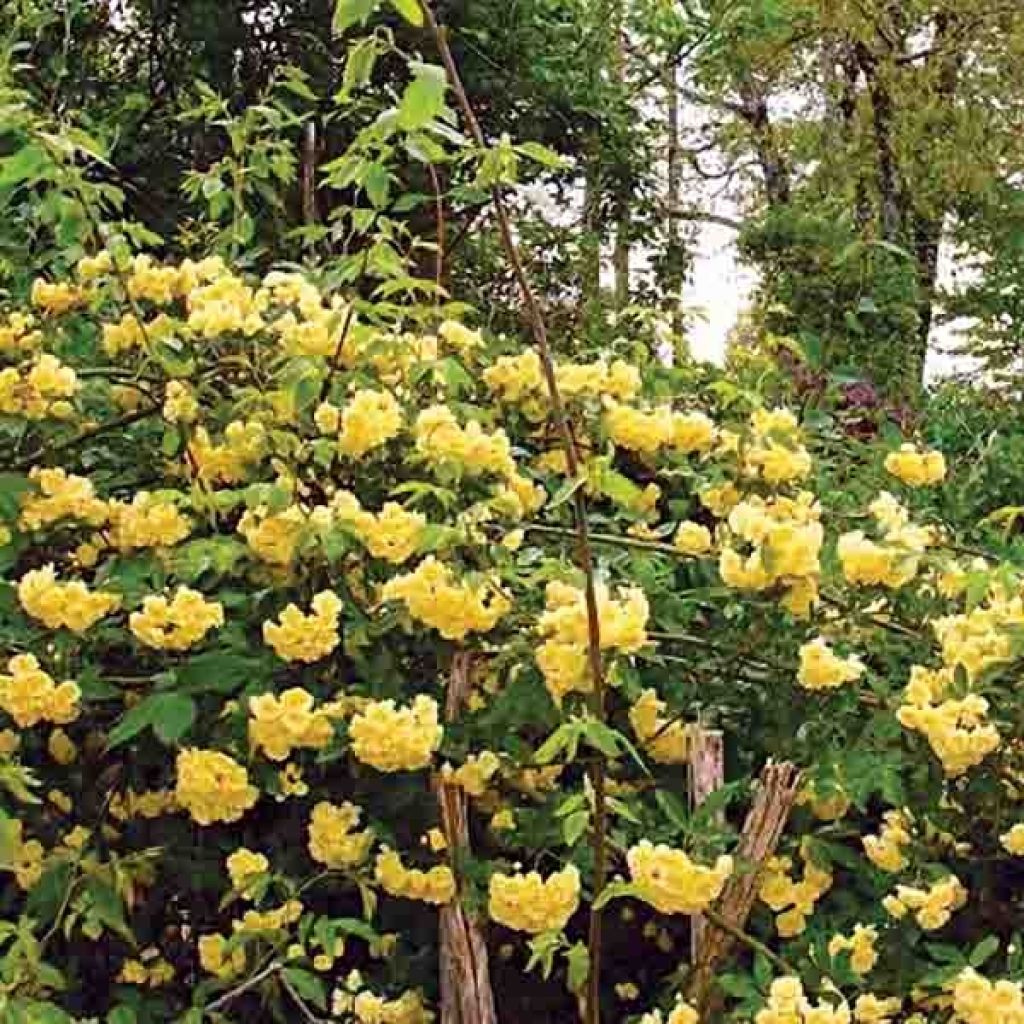

Rosa banksiae 'Lutea' - Rambling Rose
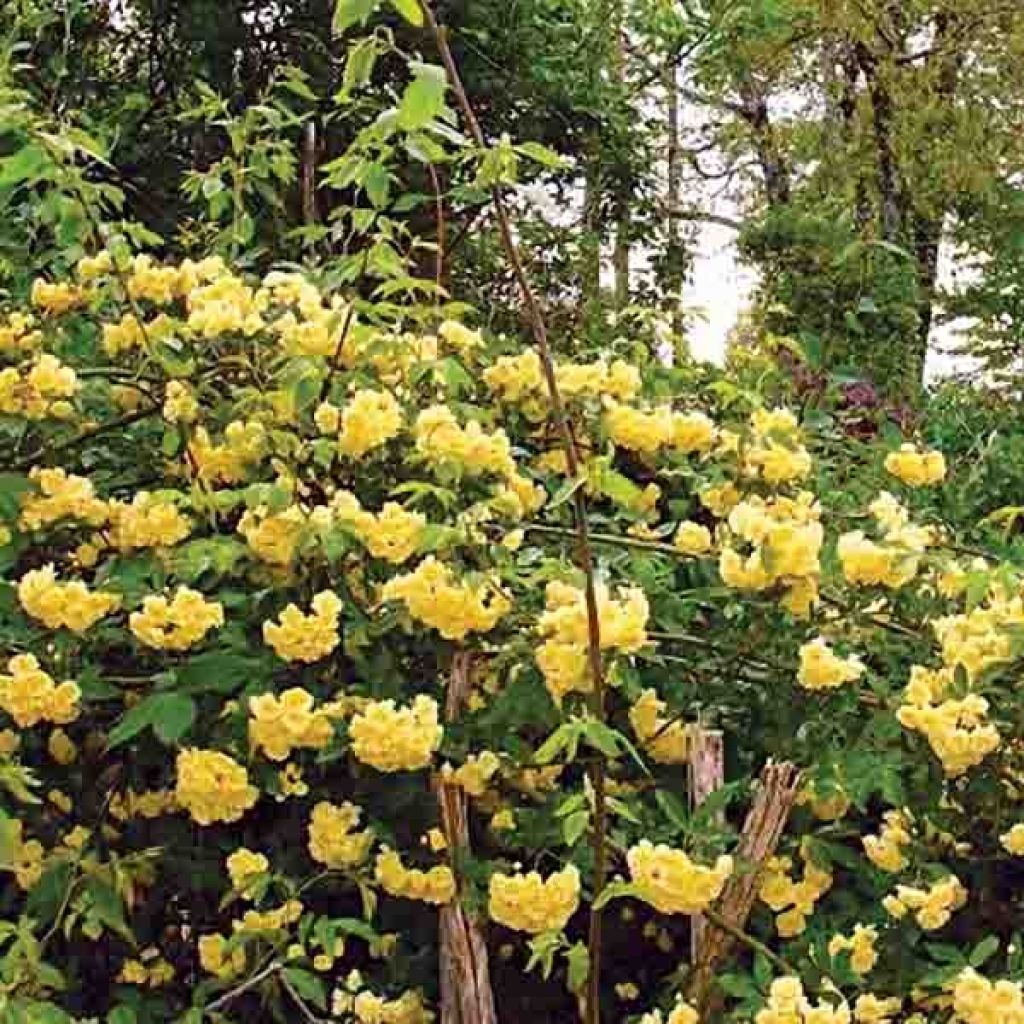

Rosa banksiae 'Lutea' - Rambling Rose
Rosa banksiae 'Lutea' - Rambling Rose
Rosa banksiae Lutea
Lady Banks' Rose, Banks' Rose
This item cannot be shipped to the selected country
Delivery charge from €5.90
Oversize package delivery charge from €6.90
Delivery charge from €5.90
Delivery to Corse prohibited
More information
Schedule delivery date,
and select date in basket
This plant carries a 6 months recovery warranty
More information
We guarantee the quality of our plants for a full growing cycle, and will replace at our expense any plant that fails to recover under normal climatic and planting conditions.
From €5.90 for pickup delivery and €6.90 for home delivery
Express home delivery from €8.90.
Oversize package: home delivery by special carrier from €6.90 per order..
Express home delivery from €8.90.
From €5.90 for pickup delivery and €6.90 for home delivery
Express home delivery from €8.90.
Delivery to Corse prohibited: UE law prohibits the import of this plant from mainland France to Corse as part of the fight against Xylella fastidiosa. Please accept our sincere apologies.
More information

Does this plant fit my garden?
Set up your Plantfit profile →
Description
The Rosa banksiae 'Lutea', Lady Banks's rose with double yellow flowers, is a force of nature, capable of covering a pergola in 4 or 5 years. Rosa banksia is a robust rose plant that grows quickly and bears yellow flowers from early spring to late May. This vine-plant rose lacks thorns and is well-suited to hot and dry climates. Its leaves are glossy green and look healthy, even in cold weather. The most popular variety of this rose is the 'Lutea' Banks rose, which is widely grown for its resilience and ability to resist cold. Although it does not have a strong scent, it brings joy for three weeks every April-May.
This rose plant is native to mountainous regions in central and western China, where it grows between 500 and 2200 meters (1640 and 7218 feet) above sea level. The plant was named after Lady Banks, the wife of Sir Joseph Banks, who brought it back from China. The Banks rose does not have thorns and its growth is impressive: young stems can grow over 3 to 4m (10 to 13ft) in a season. It is easy to prune and shape the plant, which can grow up to 12m (39ft) in height and cover a base of 6m (20ft) on the ground.
The Banks rose is known for its yellow flowers that bloom during spring and early summer. They are small and grow in clusters of four to fifteen. The plant is capable of getting rid of mildew on its own, which makes it an excellent choice for gardeners. Its evergreen leaves are divided into three narrow and short leaflets, which add to its beauty.
This rose surprises and fascinates when they see it in an old garden for the first time: is it a rose? But roses only bloom in summer, at best in late spring; everyone knows that...
The Banks rose 'Lutea' likes to surprise, invade trees, and slip between cypress trees in a hedge, where it expresses its formidable conqueror vigour. Its extraordinary vegetation transforms and elegantly dresses a fence or wall from January to December in a sheltered location or mild climates. In a warm garden, it will provide perfect shade on a south facing large pergola. Easy to maintain, mostly grown on its own roots, the plant requires no watering once well established and no treatment. Although it is undemanding and very sober, it would benefit from the shelter of a wall outside the olive tree zone and maximum sunlight to induce its fabulous flowering. We know a 120-year-old specimen still faithfully blooms (sometimes as early as February) in a self-sufficient garden in the south of France. The Banks rose can be paired with a summer-flowering clematis for a flowering wall all summer.
Report an error about the product description
Rosa banksiae 'Lutea' - Rambling Rose in pictures
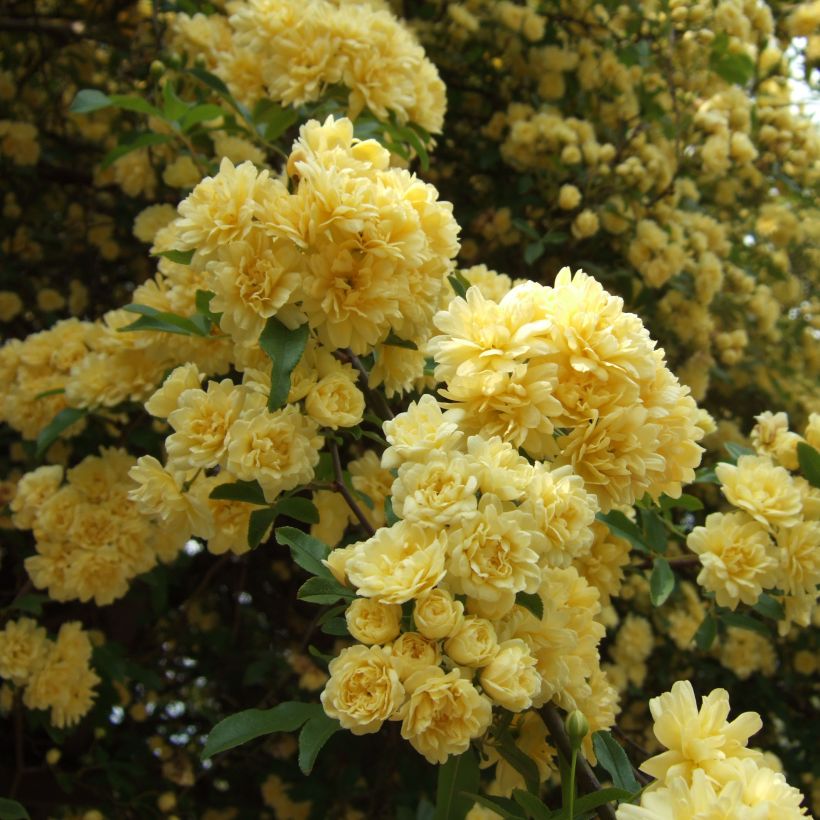

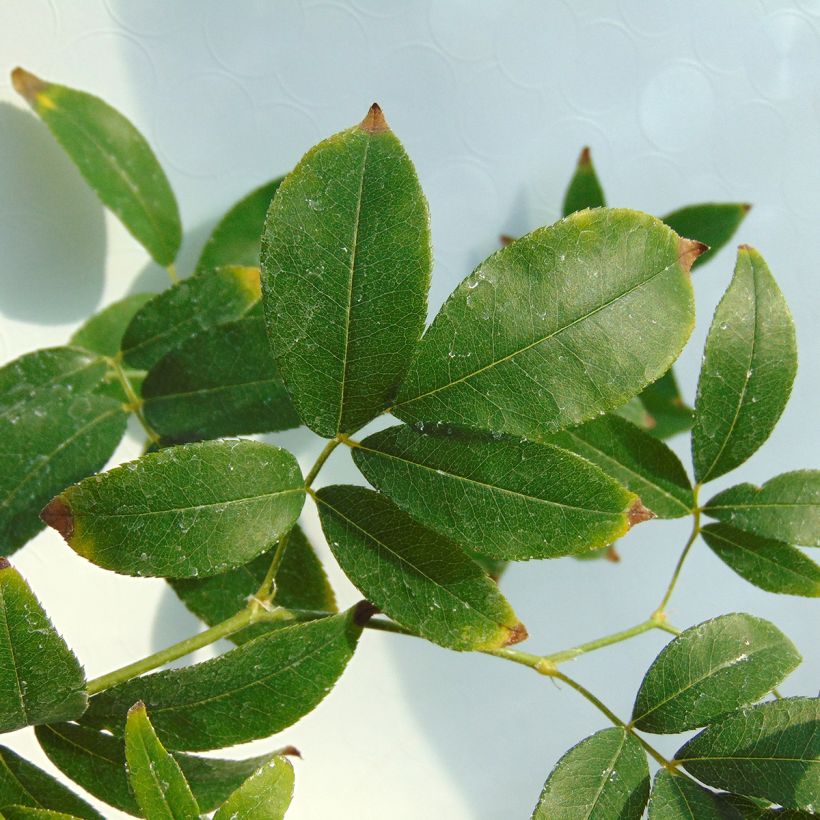

Plant habit
Flowering
Foliage
Botanical data
Rosa
banksiae
Lutea
Rosaceae
Lady Banks' Rose, Banks' Rose
China
Other Rambling Roses
Planting and care
The Banksia rose plant thrives in mild, warm, and dry climates. It can also adapt to cooler climates if planted in a sunny spot and protected from cold winds. The plant isn't too fussy about soil type as long as it is deep enough for the roots that seek moisture at a lower level, even during dry summers. The plant can tolerate limestone in the soil and prefers fertile, well-drained soils, even clayey ones.
The Banksia rose blooms on 1 or 2-year-old branches. Pruning should be done just after flowering when new shoots develop to control its growth. It's recommended to remove older branches to rejuvenate the plant. To promote abundant blooming, regularly bend and tie down the branches. During summer, the branches can grow up to 1m (3ft) in a week. Each bending creates a lateral shoot that ends in a beautiful bouquet of flowers.
The Banksia rose needs plenty of sunlight to show its magnificent flowers. In well-drained soil, the plant is hardy down to approximately -12°C (10.4°F). Even in more severe frost, an older plant will regrow from the stump. Protect young plants with winter fleece for the first two or three years in cooler climates.
The foliage of the Banksia rose plant is sometimes marked with white spots, which is a sign of powdery mildew. This disease affects the plant in hot and dry conditions but doesn't cause significant damage. It disappears quickly when conditions become more suitable.
Lastly, ants might wander on the young stems, but this doesn't affect the plant's health.
To grow more roses, take cuttings from the young shoots during summer. These shoots are easier to root compared to stems, which results in less predictable growth.
Roses may develop unsightly spots at the end of summer, but this is a natural occurrence and doesn't harm the rose's growth.
Planting period
Intended location
Care
-
, onOrder confirmed
Reply from on Promesse de fleurs
Traditional Roses
Haven't found what you were looking for?
Hardiness is the lowest winter temperature a plant can endure without suffering serious damage or even dying. However, hardiness is affected by location (a sheltered area, such as a patio), protection (winter cover) and soil type (hardiness is improved by well-drained soil).

Photo Sharing Terms & Conditions
In order to encourage gardeners to interact and share their experiences, Promesse de fleurs offers various media enabling content to be uploaded onto its Site - in particular via the ‘Photo sharing’ module.
The User agrees to refrain from:
- Posting any content that is illegal, prejudicial, insulting, racist, inciteful to hatred, revisionist, contrary to public decency, that infringes on privacy or on the privacy rights of third parties, in particular the publicity rights of persons and goods, intellectual property rights, or the right to privacy.
- Submitting content on behalf of a third party;
- Impersonate the identity of a third party and/or publish any personal information about a third party;
In general, the User undertakes to refrain from any unethical behaviour.
All Content (in particular text, comments, files, images, photos, videos, creative works, etc.), which may be subject to property or intellectual property rights, image or other private rights, shall remain the property of the User, subject to the limited rights granted by the terms of the licence granted by Promesse de fleurs as stated below. Users are at liberty to publish or not to publish such Content on the Site, notably via the ‘Photo Sharing’ facility, and accept that this Content shall be made public and freely accessible, notably on the Internet.
Users further acknowledge, undertake to have ,and guarantee that they hold all necessary rights and permissions to publish such material on the Site, in particular with regard to the legislation in force pertaining to any privacy, property, intellectual property, image, or contractual rights, or rights of any other nature. By publishing such Content on the Site, Users acknowledge accepting full liability as publishers of the Content within the meaning of the law, and grant Promesse de fleurs, free of charge, an inclusive, worldwide licence for the said Content for the entire duration of its publication, including all reproduction, representation, up/downloading, displaying, performing, transmission, and storage rights.
Users also grant permission for their name to be linked to the Content and accept that this link may not always be made available.
By engaging in posting material, Users consent to their Content becoming automatically accessible on the Internet, in particular on other sites and/or blogs and/or web pages of the Promesse de fleurs site, including in particular social pages and the Promesse de fleurs catalogue.
Users may secure the removal of entrusted content free of charge by issuing a simple request via our contact form.
The flowering period indicated on our website applies to countries and regions located in USDA zone 8 (France, the United Kingdom, Ireland, the Netherlands, etc.)
It will vary according to where you live:
- In zones 9 to 10 (Italy, Spain, Greece, etc.), flowering will occur about 2 to 4 weeks earlier.
- In zones 6 to 7 (Germany, Poland, Slovenia, and lower mountainous regions), flowering will be delayed by 2 to 3 weeks.
- In zone 5 (Central Europe, Scandinavia), blooming will be delayed by 3 to 5 weeks.
In temperate climates, pruning of spring-flowering shrubs (forsythia, spireas, etc.) should be done just after flowering.
Pruning of summer-flowering shrubs (Indian Lilac, Perovskia, etc.) can be done in winter or spring.
In cold regions as well as with frost-sensitive plants, avoid pruning too early when severe frosts may still occur.
The planting period indicated on our website applies to countries and regions located in USDA zone 8 (France, United Kingdom, Ireland, Netherlands).
It will vary according to where you live:
- In Mediterranean zones (Marseille, Madrid, Milan, etc.), autumn and winter are the best planting periods.
- In continental zones (Strasbourg, Munich, Vienna, etc.), delay planting by 2 to 3 weeks in spring and bring it forward by 2 to 4 weeks in autumn.
- In mountainous regions (the Alps, Pyrenees, Carpathians, etc.), it is best to plant in late spring (May-June) or late summer (August-September).
The harvesting period indicated on our website applies to countries and regions in USDA zone 8 (France, England, Ireland, the Netherlands).
In colder areas (Scandinavia, Poland, Austria...) fruit and vegetable harvests are likely to be delayed by 3-4 weeks.
In warmer areas (Italy, Spain, Greece, etc.), harvesting will probably take place earlier, depending on weather conditions.
The sowing periods indicated on our website apply to countries and regions within USDA Zone 8 (France, UK, Ireland, Netherlands).
In colder areas (Scandinavia, Poland, Austria...), delay any outdoor sowing by 3-4 weeks, or sow under glass.
In warmer climes (Italy, Spain, Greece, etc.), bring outdoor sowing forward by a few weeks.


































